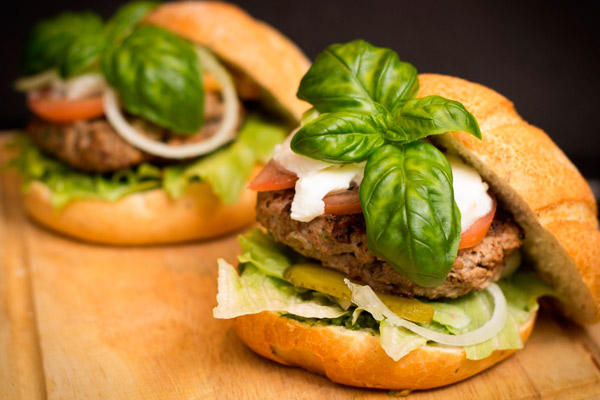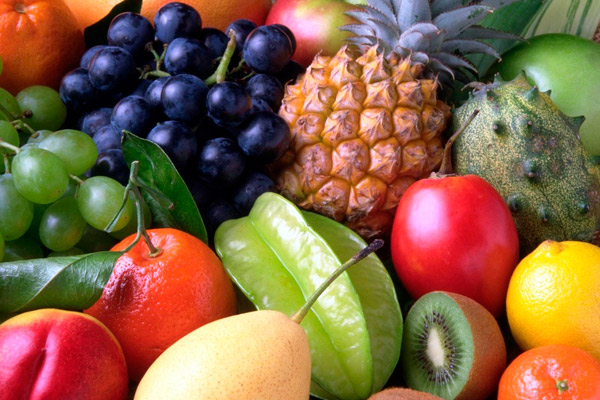Products with a high glycemic index
Last reviewed: 23.04.2024

All iLive content is medically reviewed or fact checked to ensure as much factual accuracy as possible.
We have strict sourcing guidelines and only link to reputable media sites, academic research institutions and, whenever possible, medically peer reviewed studies. Note that the numbers in parentheses ([1], [2], etc.) are clickable links to these studies.
If you feel that any of our content is inaccurate, out-of-date, or otherwise questionable, please select it and press Ctrl + Enter.

Products with a high glycemic index - with their excess in the diet - can lead to obesity.
After consuming such carbohydrate-containing foods, the amount of glucose rapidly increases in the blood. This monosaccharide with six carbon atoms is a key energy supplier, which is necessary for all metabolic processes in the body without exception. If energy is not immediately consumed, glucose is stored in liver cells and skeletal muscle cells as a product of enzymatic synthesis of glucose-glycogen. When there is no more room for "storage" of glycogen, and products with a high glycemic index continue to enter the stomach and be digested, adipocytes, adipose tissue cells, are taken for the job. Here, glucose is converted into glycerin, and glycerin - into triglycerides, that is, in fat ...
The method for determining the glycemic index of food products was developed in 1981, but until today there is no consensus on the physiological mechanism of glucose assimilation. There is a point of view according to which the rate of glucose uptake plays the main role, but the quantity. That is, products with a high glycemic index are products that, during the digestive process, give the body a large amount of glucose.
High glycemic index: table
As is known, the rate of cleavage of all consumed products (according to another version, the amount of glucose supplied to the body) is compared with 100 units that has glucose. Low glycemic index - from 10 to 40 units, medium - from 40 to 70 units, and more than 70 units - high.
Carbohydrates with a high glycemic index, which is equal to or greater than glucose, are bread made from wheat flour (135), beer (110), hamburgers and dates (103), and toasts and white bread toasts (100).

The high glycemic index in the table is distributed from the higher digits in the descending order:
|
98 |
Baked potatoes |
|
95 |
Fried potatoes, baked pastry |
|
90 |
Honey, mashed potatoes |
|
85 |
Potato chips, corn flakes, carrots (boiled or braised) |
|
80 |
Milk and cream condensed, caramel, lollipops |
|
75 |
Cakes with cream (biscuit, sand, puff), pumpkin |
|
70 |
Sugar, potatoes boiled in the skin, potato chips, corn cooked, milk chocolate, halva, jam, jam, sweet fizzy drinks, watermelon |
Fruits with a high glycemic index
To fruits and berries, which are included in the category of carbohydrates with a high glycemic index, you can refer to the dried dates. And, if the glycemic index dates in the fresh form is 103 units, then in the form of dried fruit - 146! And this is typical for dried fruits: the glycemic index of fresh grapes is 45, and raisins - 65.
Nutritionists say that fruits with a high glycemic index are all fruits that have a pronounced sweet taste. And if we take into account not the speed with which glucose is absorbed, but its quantity, then so it is. For example, in 100 g of peach contains 6 g of sucrose, 2 g of glucose and 1.5 fructose; in a melon of sucrose 5.9 grams, glucose 1.1 g and fructose 2 g. And in 100 grams of watermelon (if you caught a sweet specimen), the content of sucrose is about 2 g, glucose is 2.4 g, and fructose is more than 4 g. And its glycemic index is 70 units.

It was also noted that the less in coarse fiber fruits, the higher their glycemic index.
Vegetables with a high glycemic index
For vegetables with a high glycemic index, in the first place, include rutabaga (99), parsnip (97), celery root (85), boiled carrots (85), pumpkin and zucchini (75).
It should be emphasized that during the cooking process, the glycemic index of most vegetables is significantly increased. So, the glycemic index of raw carrots is 35 units, and boiled in 2,4 times higher - 85.
And the glycemic index depends even on the way of preparation. If the potatoes fry, the glycemia index is obtained at the level of 95 units, if you make a mashed potatoes - 90, and the potatoes are cooked "in uniform", then 70. The fact is that 100 g of raw potatoes contain 17.5%, starch, and starch is a carbohydrate consisting of amylose and amylopectin, which are not digested in raw form. With heat treatment in boiling water (ie at + 100 ° C), starch is gelatinized, and when frying in a pan or baking in the oven (the temperature is higher than during cooking), thermolysis and hydrolysis of starch occurs to form highly soluble and digestible polysaccharides (dextrins ).
In addition, amylopectin predominates in potato starch (up to 80%), and the content of amylose is insignificant, so the degree of its gelatinization is very high. And it is in this form that the potato polysaccharides are better absorbed in the stomach, and then transformed into glucose.
Products with a high glycemic index - due to increased blood glucose levels - give a rush of energy. But when this energy is not spent by a person, the layer of adipose tissue on his waist will inevitably thicken.


 [
[